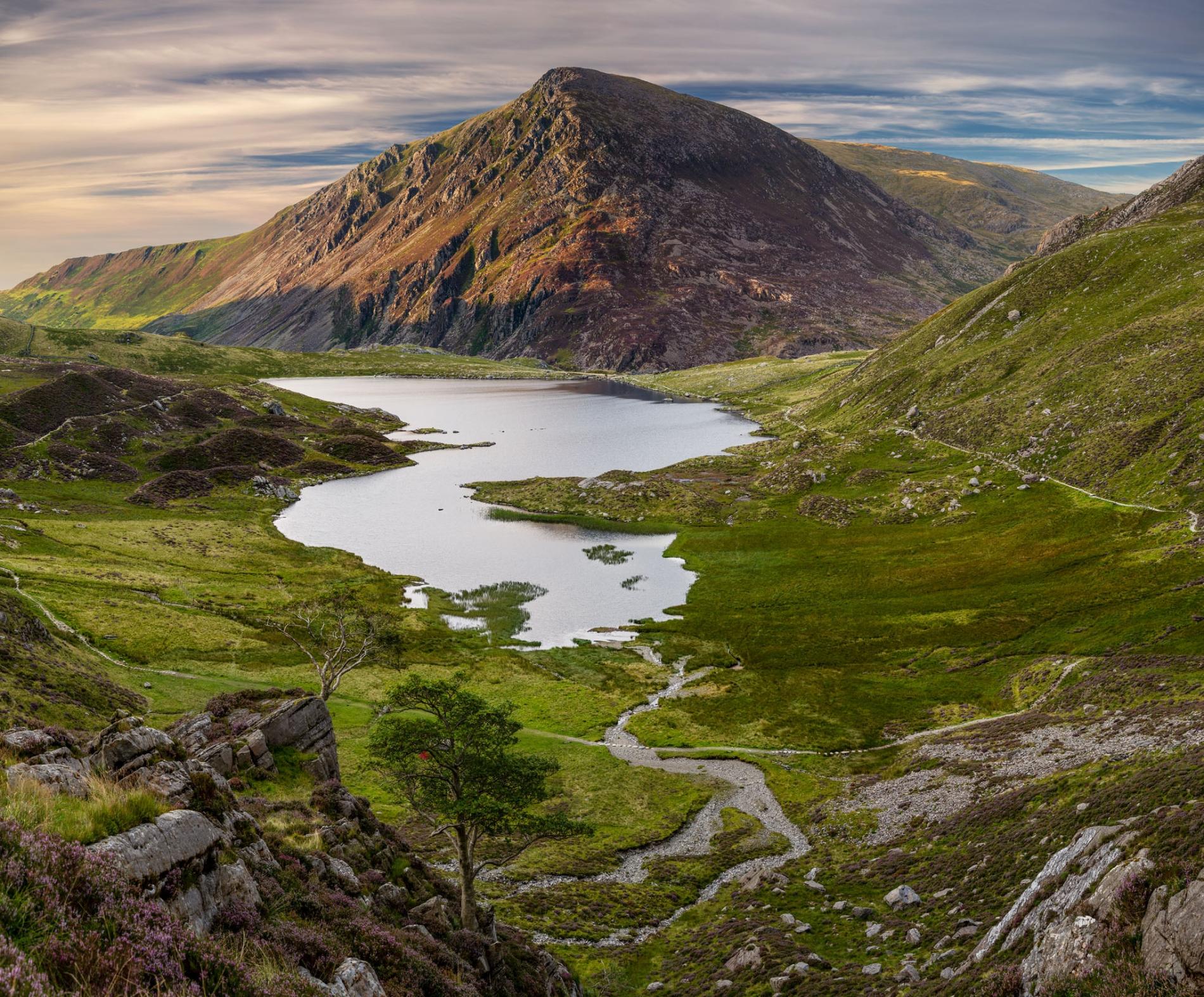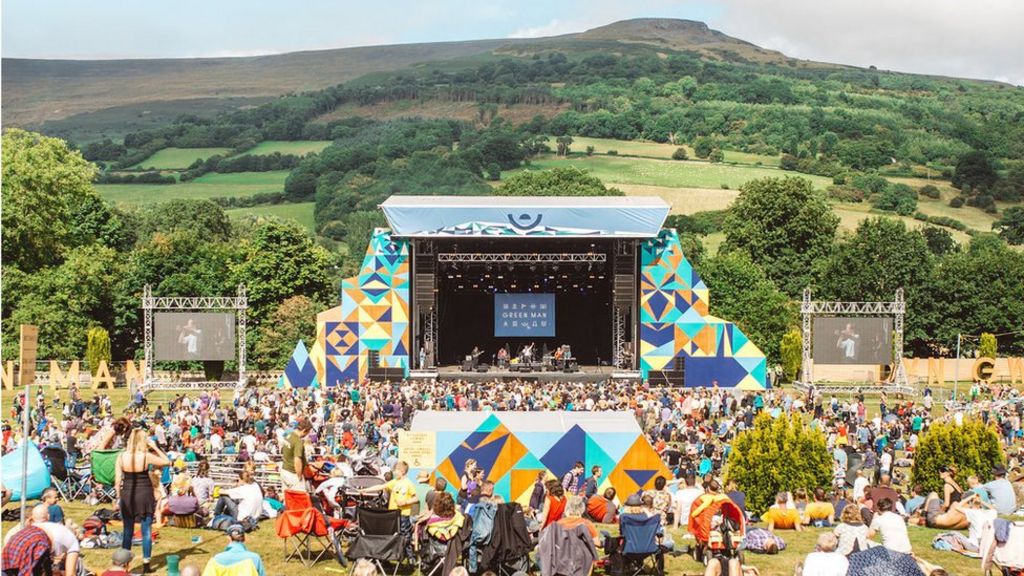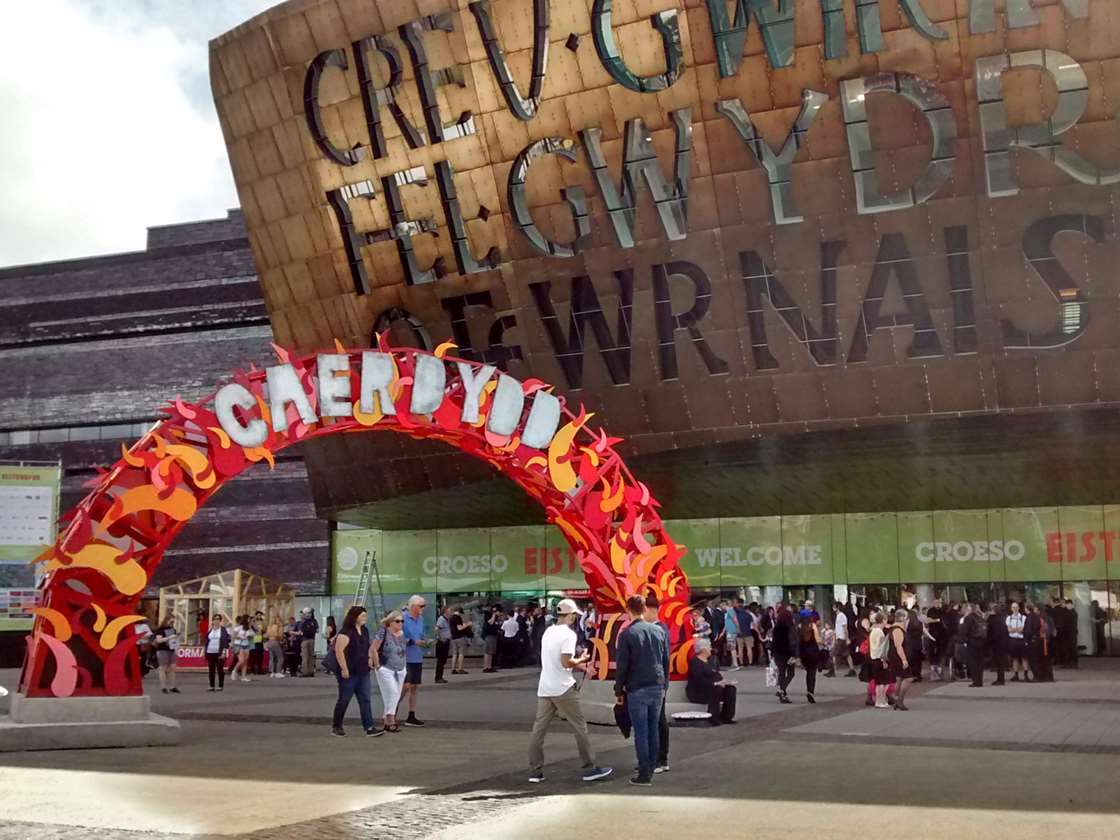The very mention of the word festivals makes your eyes go wide in eagerness, isn’t it? Pretty sure you must be a party animal or an explorer awaiting to make your visit to Wales. Visiting a country during one of its festivals adds limitless bundles of joy to your travel journal. Unplanned memories are thousand hundred times more special than planned ones. You really won’t know what all these festivals have in stock for you! Just take a giant leap, land in whales and experience all. Wales still lies on the underrated tourist places. Wales is one of the Western Europe countries and has its own language, politics, music, culture and heritage. Some of you might have known the Red Welsh Dragon by which Wales is always represented. The Welsh Cuisine is worth giving a try forat least once in life. So, if Wales is on your bucket list, here is a list of heart-warming festivals celebrated in Wales.

Green Man Festival (August 15-18)
Green Man Festival is a fantastic and a grand music and arts festival. This music festival was first held in the year 2003.It is a four-day event, held in the month of August every year in the Brecon Beacons, Wales. This festival is all about engaging the warm and friendly audience with live music.This festival serves as a fantastic treat and a mind blowing experience for the music lovers especially for all those who happen to be folk music lovers. It also has taken its place as one of the most popular festivals of the country.Owing to its fantastic music and awe-inspiring experience it has attracted such huge audience since 2003 and has expanded to the extent of 20,000 people.The fact that this festival takes place among the mountains isthe icing on the cake.Furthermore, events such as comedy,theatre,poetry,acts,literature etc. take pace.
The Green Man Festival site comprises of 10 areas:
- The Mountain Stage
- The Far Out
- Einstein’s Garden
- Babbling Tongues
- The Walled Garden
- The Little Folk
- Somewhere
- Nature Nurture
- Fortune Falls
- The Courtyard
- The Settlement
Thus, each of these areas providing us a significant experience. The Mountain Stage is where all the live music takes place and artists like Van Morrison, The National, Hot Chip, Bon Iver perform. Far Out is where late night DJs, live raps by remarkable and famous artists, hip hop, blues and world music takes place. Einstein’s Garden stages about 100 performances with a blend of science and nature starting from comedy, theatre, plays, talks and interactive sessions which are supported by various institutions such as UCL etc. Babbling Tongues is where the famous art of spoken word is performed. Previously it has been performed by John Cale, Josie long, Adam Buxton and other remarkable people.The Walled Garden prevails at the heart of the entire festival and serves as a place for parading smaller bands. The Little Folk is set aside particularly for families and young children with the activities specially set up for them. Somewhere targets teenagers with activities crafted for their age such as film making, theatre and circus skill workshops. Nature Nurture is a resting place which provides the people with yoga, meditation, massages and hot tubs. Fortune Falls is one of the attractive areas which prevail on the grassy hillside. The Rising Stage is placed here which exhibits budding artists. The Courtyard is where you will find the well-known ciders and drink welsh ales along with coffee stalls and other food stalls. It is where some people rest and energise themselves. The Settlement is an area where people with Settlers pass ticket camp pre-festival. It gives peoplean opportunity to explore the areas around the Green Man festival area beforehand.
Therefore, Green Man Festival engages all sorts of audiences and entertains them with various activities and events accordingly. It was passed into the hands of Fiona Stewart in 2011 who is the now-managing director of the place. A perfect place to calm yourself and rest down.

National Eisteddfod (August 2-10)
The National Eisteddfod is one of the important and oldest festivals of Welsh culture. They are held on the first week of August every year in Wales. It is the remarkable festival that celebrates the fusion of literature especially poetry, music and performance of all kinds. This festival dates back to the 12th century which was initially held by Rhys ap Gruffydd in his court where poets and musicians all over Wales were invited to perform. To those best poets and musicians, a chair at the Lord’s Table was rewarded.The National Eisteddfod indeed has a compelling and appealing history. This festival was held every single year without fail except in 1914 (World War I) and 1940(due to the Second World War). The festival of National Eisteddfod lasts for eight days and all the days comprise of various competitions especially poetry. It is no surprise that the number of competitors attends usually exceed 6,000. Usually, there are about 150,000 of people and more. Also, the location of the festival constantly transits from one place to the other.
The festival celebrates the Welsh’s vibrant culture and its languages. In Europe, the national Eisteddfod is the largest and greatest music and poetry fest. It serves as a platform for showcasing literature (prose, poem), music, dance, and various arts and much more. Lately this festival has extended their invitation to the non-welsh people too, with an intention to attract people from all parts of the world. In addition, they have enabled access to translation and bilingualinformation for these non-welsh people. Usually the festival hosts events in tents.
The National Eisteddfod is an opportunity for all ordinary and local people no matter of their age and place, to use their talents and thereby create their impression and also to learn from this experience. Most of the competitors are usually leading and well-known musicians and poets. And it is poetry that gets the acclaimed award.

Calan Gaeaf festival (Welsh Halloween) (November 1)
I noticed the cringy expression you gave on your face when you read that name. The first day of winter is named Calan Gaeaf and is celebrated cheerfully. People avoid visiting places like churchyards, crossroads and stiles the night before Calan Gaeaf as people believe spirits meet together at those places. Village people of all ages regardless of age and gender, come together to dance around bonfires and run around writing their names on rocks. As soon as the sun rises, the people who wrote their names on the rocks would rush to check if their stone still remains. If the stone went missing, due to their believes in superstition,that means that the concerned person would die within one year. A myth prevails that if people don’t return to homes as soon as the bonfire is put out, they will surely be killed by a beast. The beast is described full of fright as a black sow without tail and accompanies a headless woman. Probably the parents of Wales made up this story to hold back their children from staying out all night during the freezing winter hours. There are also weird ivy leaf customs. Kids are advised not to touch ivy vines or else they would be abducted by witches. The boys collect 10 fallen ivy leaves throw away one leaf and keep the rest of them under their pillows before they go to sleep. Girls do the same with wild roses. Boys and girls do this with a belief to get strange prophetic powers. Since it is a traditional festival it has got myths and endless superstitions in it, which gives the festival a mystic and mysterious beauty.
But now, Calan Gaeaf has become a modern Halloween and the night of all-souls day as they are both on the same day in Wales. It is also called by the name Samhain, which marks the end of autumn. In old days, people harvest all their crops and kill the excess cattle to store enough food for winter. All people celebrate this day together without any discrimination. Even now it has continued to remain the same, a fun-filled Halloween festival joyfully celebrated without any kind of discrimination. Men and women fancily adorn themselves in fascinating costumes to enjoy around the bonfire. The kids enjoy trick and treat. The festival also gains catholic importance as it is all souls day. People attend in masses, do fasting and pray for the souls in purgatory to enter into heaven.I’m sure all these festivals added will give you good reasons to visit Wales.
List of other major festivals
- January: New Year’s Day, St. Dwynwen’s feast (Jan 25)
- March: St. David’s Feast (March 1)
- April: Easter Weekend
- May: Hay Festival (May 23-June 2), Hay-on-wye festival
- June: Dragon Ride L’Etape Wales, Convy pirate weekend, Tafwyl fair.
- July: International Eisteddfod, International Snowdon Race.
- August: Brecon Jazz Festival, Green Man Festival, Pride Cymru, World Bog Snorkelling Championship.
- September: Portmeirion, Abergavenny Food Festival, Welsh International four days walks.
- October: Conwy Feast.
- November: Calan Gaeaf, Cardiff Winter Wonderland, North Wales Coral Festival, Guy Fawkes Night, Remembrance Sunday.
- December: Caterphily Christmas Market, Christmas Eve, Christmas.